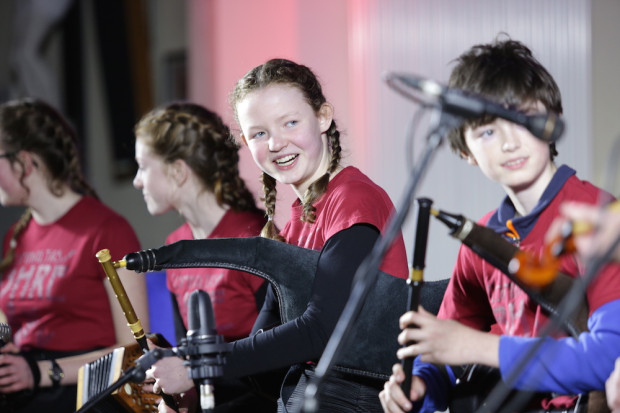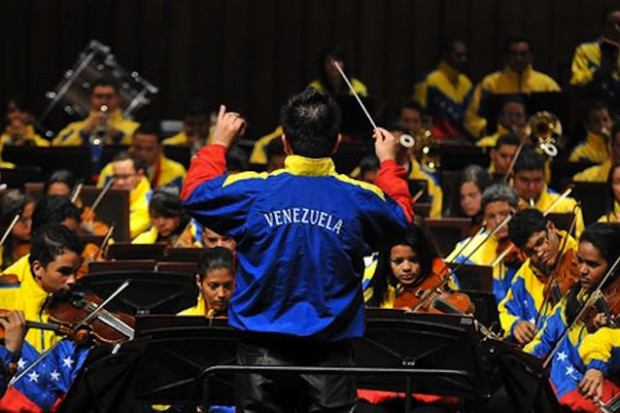Pedal with Your Ear
The physics of what happens inside a piano as the right pedal is applied can easily be explained in a few sentences. However, the correct use and application of the pedal would fill hundreds of books and still not deal with how the pedal should be used in all situations. This is because correct use of the pedal is subject to many variables, including harmony, counterpoint, style, texture, dynamics, fingering, balance, touch, acoustics and the characteristics of the particular instrument being played. Keeping track of all of these variables in performance would appear to place impossible demands on the pianist. However, some of these variables can be eliminated through the development of a good pedal technique (i.e. good habits) while others can be eliminated in the hours of practise preparing the relevant piece of music. All of these variables are subject to the ultimate arbiter – the ear!
Pianists are notorious for not listening to the sounds they produce, a fault which can go unchecked for years in the apprentice pianist but which would prevent, say, a violinist from even ‘getting off first base’. It is, therefore, vitally important that the piano teacher constantly challenge the learner to be critical of what sounds they are producing. One useful way to encourage this is for the teacher to play a note, chord or segment of music in a number of different ways and ask the student, who should be looking away, which versions they liked and to state why they liked them. Later, getting the student to play a musical segment a number of times and getting them to analyse the merits of each version is equally beneficial.
The necessity to ‘pedal with one’s ear’ is highlighted by an affliction common among apprentice pianists; that of the twitching foot! I am referring here to the habit that many learners have, when attempting legato (or syncopated) pedalling, of not lifting the toe high enough to allow the dampers effectively mute unwanted dissonances. I believe the only way to avoid this problem is for the teacher to firstly foster critical listening in the pupil and secondly to ensure, from the outset, that a sound pedal technique is learnt.
To offer some assistance to teachers and students alike I am offering my foolproof method for teaching legato pedalling. There are many versions of this method. However, what I present here is the one which has served me without fail for two decades of piano teaching.
With the second finger of the left hand play a low C and begin very slowly counting four-in-a-bar. The first bar is a ‘dry run’ where the foot is inactive. At the beginning of the next bar play the next note in the scale (D), again using the second finger. On the count of two raise the pedal to dampen the sound of the C, on the count of three put the pedal fully down again, on the count of four lift the finger off again. Keep repeating this entire procedure over the two octaves of the C major scale.
The beauty of this method is that only one identifiable ‘event’ occurs on each count thus giving the student something concrete to take home and practise.
When the above exercise is mastered (however many weeks it may take) the next stage is to practise it with a gradual accelerando. After this stage is mastered (ensuring that the correct ‘events’ are happening on the correct beats) comes the crucial listening stage. The teacher now gets the student to perform the exercise without counting but with the toe responding to each new note. The instruction should be clear: ‘only lift your toe after you hear the next new note’. A great help at this stage is for the student to pedal while the teacher plays notes at random, however the student must look away and not be able to anticipate when the next note will sound. The student must pedal with calm movements of the foot and listen carefully for the clean non-smudgy joining up of the notes. Once the teacher is happy that the student is pedalling by ear and that good habits are forming then it is time to apply the technique to a simple piece.
The topic of the pedal in piano playing is vast and much debated. However, there is one principle on which all commentators are united and that is unless the pianist is constantly listening to the effect the pedal is having on the overall ‘sound picture’ no amount of technical expertise or diligent practise will be of benefit. To quote John O’Conor from a recent masterclass, ‘If you [the pianist] don’t listen to yourself, why should we [the audience] bother listening to you?’
Reamonn Keary welcomes any feedback on this article or any other topic regarding piano teaching. He can be contacted at raykeary [at] iol.ie
Published on 1 November 2004
Réamonn Keary is a piano teacher at the Royal Irish Academy of Music, Dublin.












